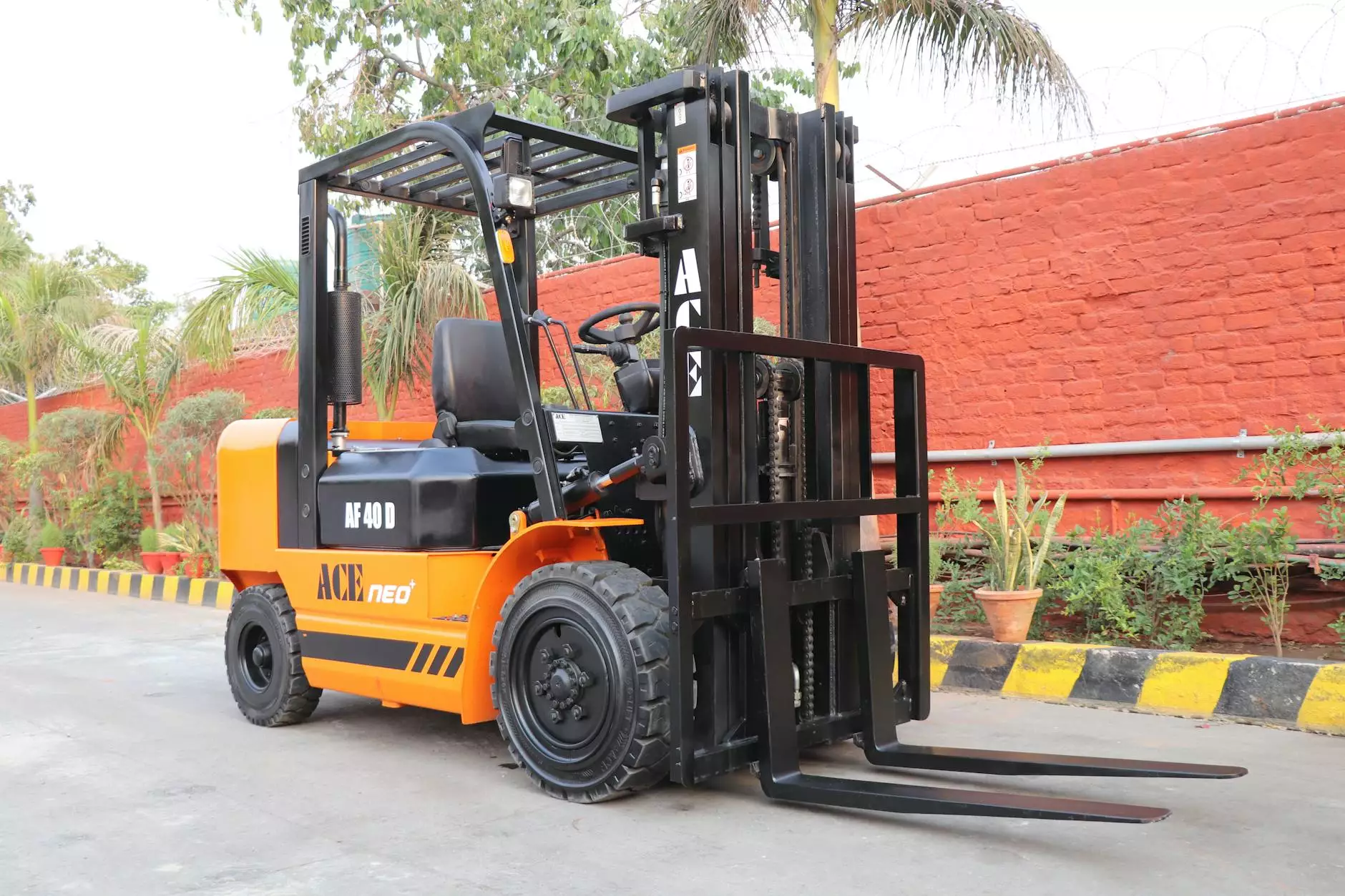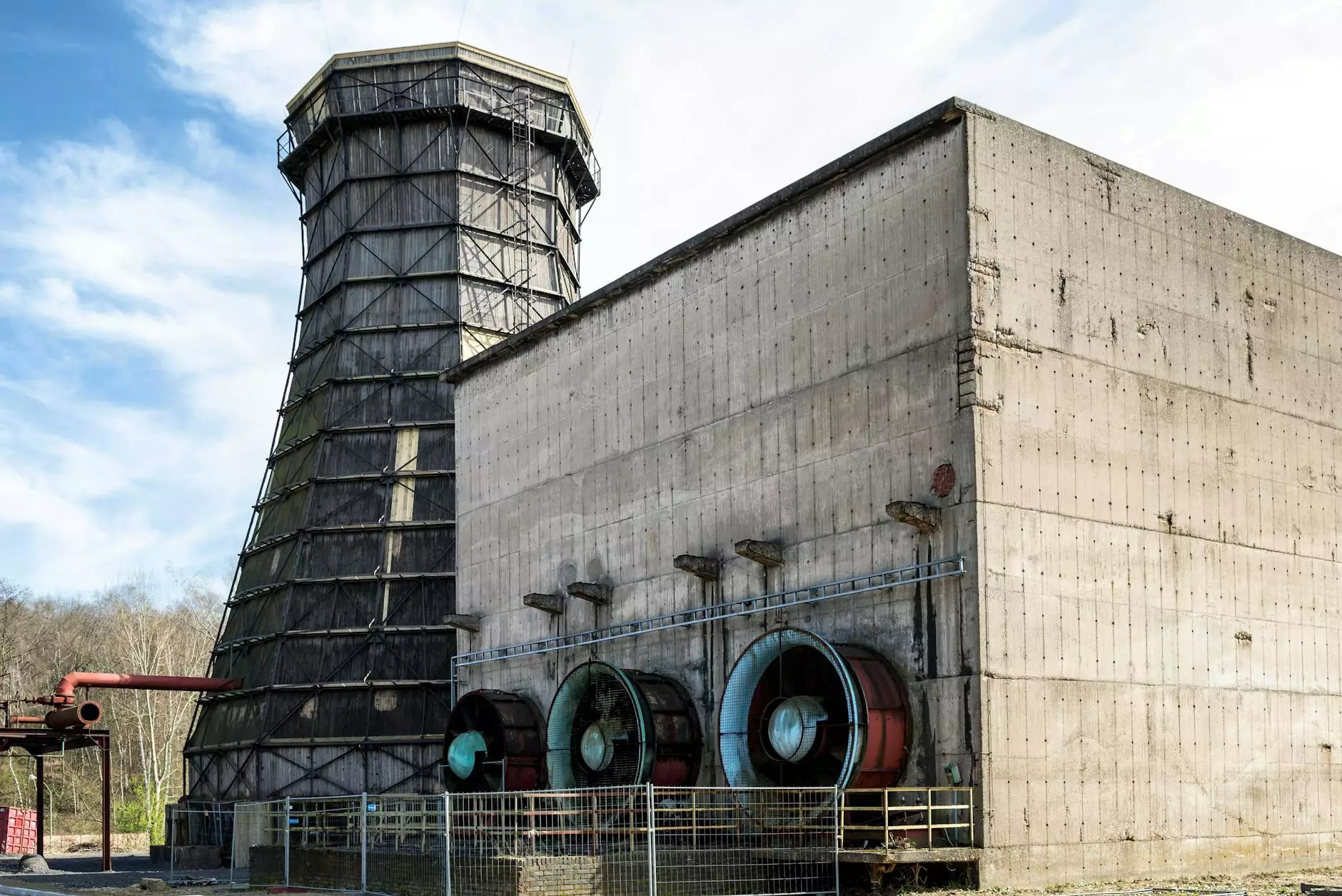The Essential Guide to the Parts of Hydraulic Excavator

The world of construction and heavy machinery is significantly shaped by the hydraulic excavator. This formidable machine is essential for various tasks, ranging from digging trenches to lifting heavy materials. Understanding the parts of hydraulic excavator is crucial for both operators and maintenance personnel to maximize efficiency and longevity. In this comprehensive guide, we delve into each component’s function, importance, and maintenance tips.
1. Understanding Hydraulic Excavators
Before diving into specific components, it’s important to grasp what a hydraulic excavator is. A hydraulic excavator is a critical piece of equipment utilized in construction, mining, and demolition projects. It consists of various parts that work synergistically to perform complex tasks. The primary components include the undercarriage, house, arm, bucket, and hydraulic system.
2. The Major Components of Hydraulic Excavators
Each part of a hydraulic excavator plays a unique role in ensuring optimal operation. Here, we will break down the key components:
2.1 Undercarriage
The undercarriage is the foundation of the hydraulic excavator. It provides stability and allows the machine to traverse various terrains. The main parts of the undercarriage include:
- Tracks: Made from steel or rubber, tracks provide traction and support.
- Track Frame: This supports the track system and helps maintain structural integrity.
- Rollers and Sprockets: These components support the weight and facilitate movement.
- Idlers: These help in maintaining the track tension.
2.2 House
The house is the upper structure that revolves on the undercarriage. It contains the engine, operator’s cabin, and various other crucial components. Key aspects of the house include:
- Operator’s Cabin: Equipped with levers, pedals, and monitors, it provides the operator with control and visibility.
- Engine: It powers the hydraulic system and overall operation of the machine.
- Counterweight: Located at the rear, it balances the machine during operations.
2.3 Arm
The arm is a critical component that extends to do the digging or lifting work. Its parts include:
- Stick: The primary arm that connects to the bucket.
- Bucket Cylinder: Moves the bucket up and down.
- Boom: The larger part that connects the arm to the house.
2.4 Bucket
The bucket is where the actual digging or lifting occurs. Different types of buckets can be attached based on the task at hand. Key variations include:
- Standard Bucket: Used for general excavation.
- Clamshell Bucket: Ideal for handling loose material.
- Auger Bucket: Used for drilling holes.
2.5 Hydraulic System
The hydraulic system is the powerhouse of the excavator. It consists of various components responsible for converting the engine's mechanical energy into hydraulic energy. Critical parts within this system include:
- Hydraulic Pumps: Convert mechanical energy into hydraulic energy.
- Hydraulic Cylinders: Responsible for moving the bucket, arm, and boom.
- Hydraulic Hoses: Carry hydraulic fluid to different components.
- Filters: Ensure contaminants are removed from hydraulic fluids.
3. Importance of Each Component in Efficiency
Each part of hydraulic excavator contributes to its overall efficiency and effectiveness. A well-functioning machine reduces operational downtime and increases productivity. For instance, the integrity of the undercarriage affects the machine’s mobility and stability, while a responsive hydraulic system ensures smooth operations.
4. Maintenance Tips for Hydraulic Excavator Parts
Proper maintenance of the parts of hydraulic excavator is vital for longevity and peak performance. Here are essential maintenance tips:
4.1 Regular Inspections
Conduct routine inspections to identify any wear and tear. Pay particular attention to hydraulic hoses, as leaks can severely impact performance.
4.2 Keep Components Clean
Regularly clean the excavator to prevent dirt and debris buildup, particularly in the hydraulic system and engine compartments.
4.3 Change Hydraulic Fluids and Filters
Over time, hydraulic fluids lose their effectiveness. Regularly changing the fluids and filters ensures that the hydraulic system functions properly.
4.4 Monitor Operating Temperatures
Excessive heat can damage various components. Keep an eye on the operating temperatures and allow the machine to cool down if necessary.
4.5 Store Properly
When not in use, store the excavator in a dry location to protect it from the elements and damage.
5. Innovations in Hydraulic Excavator Technology
The construction industry continually evolves, and so does hydraulic excavator technology. Recent innovations include:
5.1 Automation and Telematics
Newer models are equipped with telematics systems that monitor performance and provide valuable data to operators, enhancing operational efficiency.
5.2 Improved Energy Efficiency
Manufacturers are focusing on creating parts that minimize fuel consumption, thus reducing operating costs.
5.3 Enhanced Safety Features
Modern hydraulic excavators are designed with built-in safety features to protect operators and workers on-site.
6. Conclusion
Understanding the parts of hydraulic excavator is essential for efficient operation and maintenance of this heavy machinery. Each component plays a significant role, and proper care and knowledge can lead to improved performance and longevity. As the industry advances, staying informed about new technologies and practices will benefit operators and businesses alike.
For those seeking quality hydraulic excavator parts and supplies, visit Shop Hydraulic America. We provide a wide range of auto and motorcycle parts, catering to various needs in the industry.









